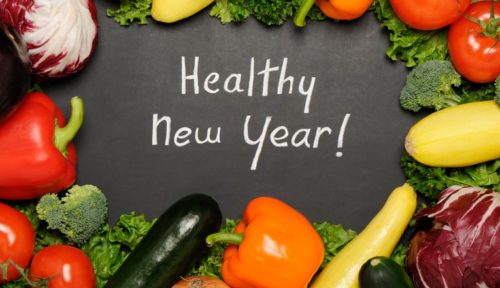A happy start to the week: Governor Cuomo’s “No Student Goes Hungry” proposal
At last some good news: New York State Governor Andrew Cuomo has proposed a “No Student Goes Hungry” program.
It has five components:
- End lunch shaming: First, it will prohibit any public act to humiliate a student who cannot afford lunch. Second, it will ban alternative lunches and require students to receive the same lunch as others starting in the 2018-19 school year.
- Require Breakfast “After the Bell”: in order to allow students to have breakfast and to prevent them from going hungry during morning classes, Governor Cuomo will propose requiring schools with more than 70 percent of students eligible for free or reduced-price lunch to provide breakfast after the school day has begun for the next school year. the state will provide technical assistance and capital funds for equipment such as coolers and vending machines to support breakfast after the bell. An estimated $7 million in capital funds will support expanded breakfast for 1,400 schools.
- Expand the Farm to School Program: New York will double the state’s investment in the Farm to School program to support the use of healthy, local, New York foods in school districts across the state.
- Increase the Use of Farm-Fresh, Locally Grown Foods at School: To incentivize school districts to use more local farm-fresh products, Governor Cuomo will propose an increase in the reimbursement schools receive for lunches from the current 5.9 cents per meal to 25 cents per meal for any district that purchases at least 30 percent ingredients from New York farms.
- Require Food Pantries on All SUNY and CUNY Campuses: To ensure consistent healthy food options are available to young adults on college campuses, the Governor will require all SUNY and CUNY schools to either provide physical food pantries on campus, or enable students to receive food through a separate arrangement that is stigma-free.
Advocates are thrilled; a coalition of 70 organizations issued a statement supporting the proposal.
This, of course is just a proposal. The New York State legislature still has to pass it.
But it is a great proposal, deserving of enthusiastic support. New York residents: if you agree with the proposals, write your representatives and say so. Now.
How?





